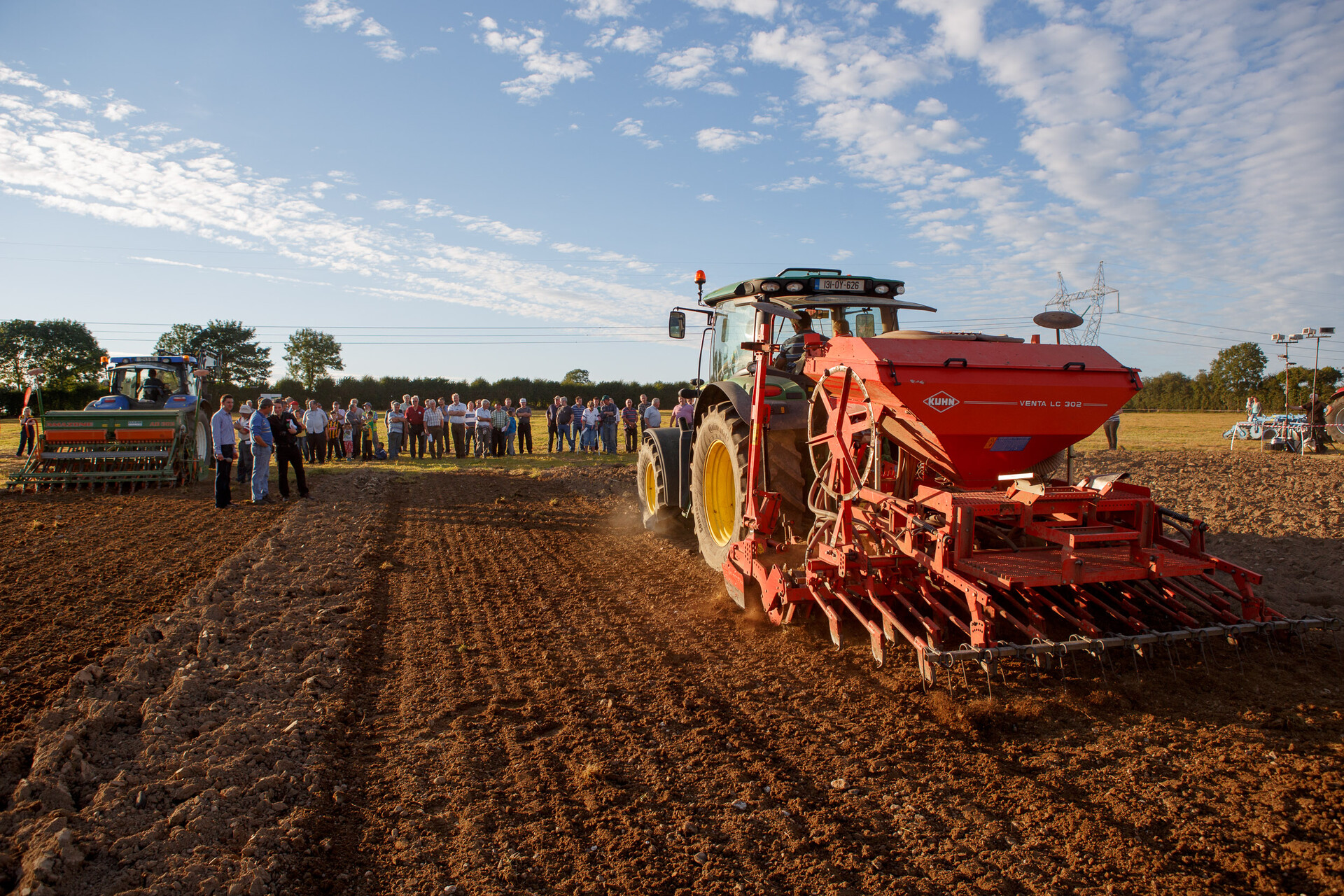Reseeding and productivity from grass are being highlighted as key contributors to farm profitability for 2020. Assuming the weather plays its part; grass reseeding rates are expected to be high.
Coming off the back of an exceptionally tough year in terms of fluctuating weather conditions in 2019, much of the land targeted for reseeding was not completed. Furthermore, land in poor condition prior to 2019 is also now in need of urgent attention.
There are some possible factors as to why farmers will think twice when it comes to reseeding; there is the evolving Covid-19 situation accompanied with elevating agricultural commodity prices thus far in 2020, therefore, availability of capital may be a limiting factor. However, not to reseed for these reasons is simply false economy.
The cost of not reseeding
Grassland reseeding offers one of the best returns on investment available to grassland farmers. Grazed grass is the cheapest feed for cows and drystock, and grass silage is amongst the cheapest winter feed you can produce. Teagasc estimate that unproductive pastures with a low proportion of perennial ryegrass are costing farmers up to €300/ha due to loss of production and reduced N efficiency throughout the grazing season. If the cost of reseeding is estimated at approximately €600/ha, the increased profitability of the reseeded pasture would cover the cost within two years. This means reseeding is one of the most cost effective on-farm investments. Therefore, given the competitive climate dairy farmers find themselves in, the opportunity to increase sward productivity, reduce silage requirement, improve grass quality and have swards with 25% increased responsiveness to nitrogen, altogether make reseeding an absolute requirement for all farmers in 2020.

Spring reseeding
The timing of reseeding is hugely influenced by weather conditions and grass supply on farms. Spring reseeding generally leads to more successful establishment and gives better opportunities for post-emergence weed control. Generally, with spring reseeding, there is less impact on the grass available for grazing due to high growth rates on the rest of the farm while the reseeded area is out of production. Ideally, graze once or twice, reseed in April/May and be back grazing again in June/July.
Grass seed supply
In terms of the ongoing Coronavirus situation, we at Germinal have been fortunate enough to be categorised as an essential industry and as a result, our doors remain open for business. Germinal are following appropriate government advice to ensure the health and safety of our employees and other stakeholders, and taking precautions in the workplace to combat infection and maintain service as close to normal as possible. We take the health and safety of all staff very seriously, however, we also have a responsibility to the business and our customers to maintain our excellent service and support. There should be sufficient grass seed stocks available for a normal year’s reseeding, but the newer improved varieties will sell out first, so farmers should plan any reseeding carefully and choose the best varieties available as per the DAFM Recommended List and Teagasc Pasture Profit Index (PPI).
